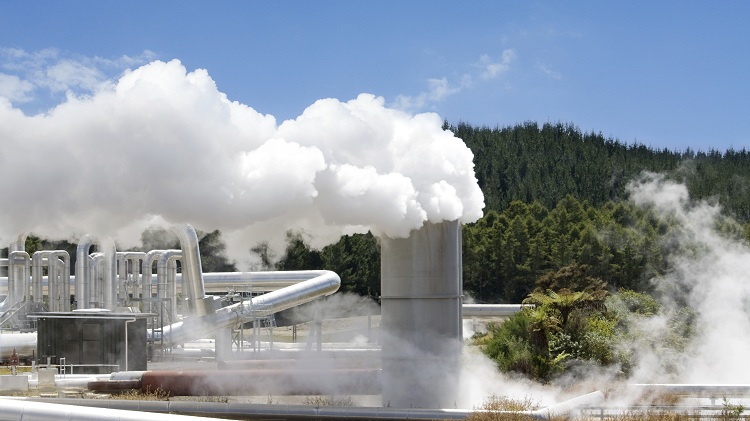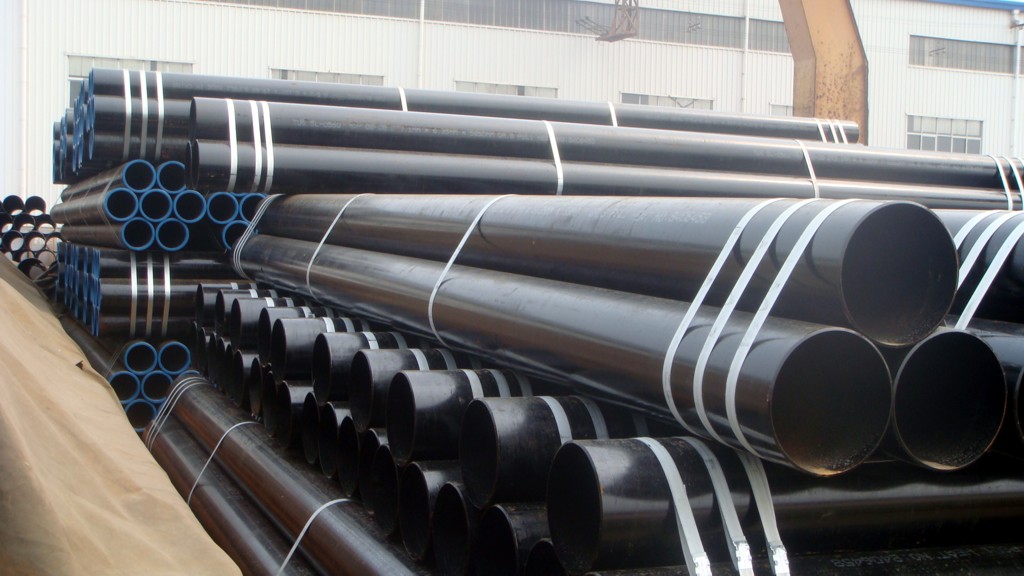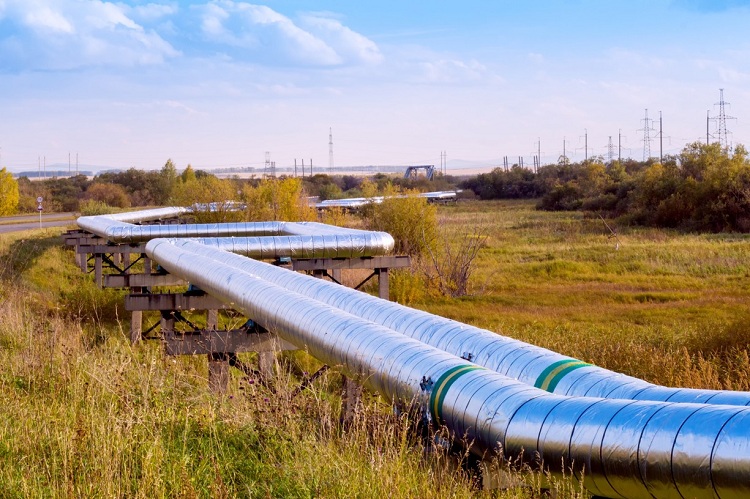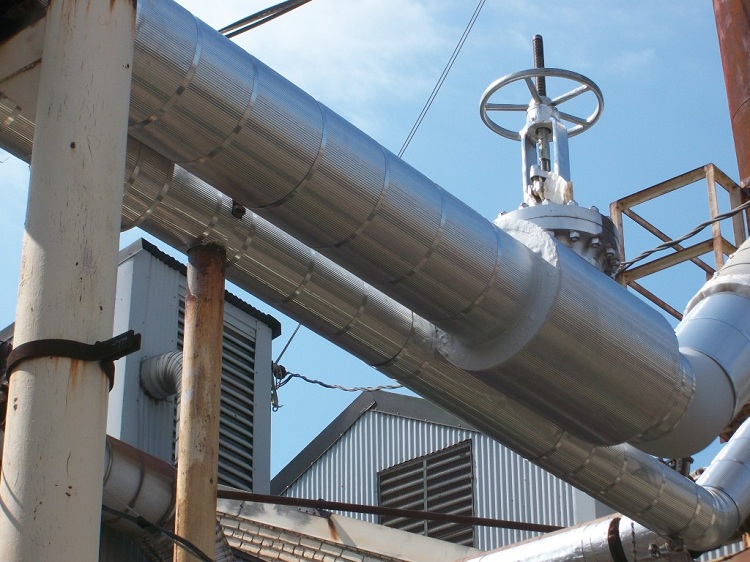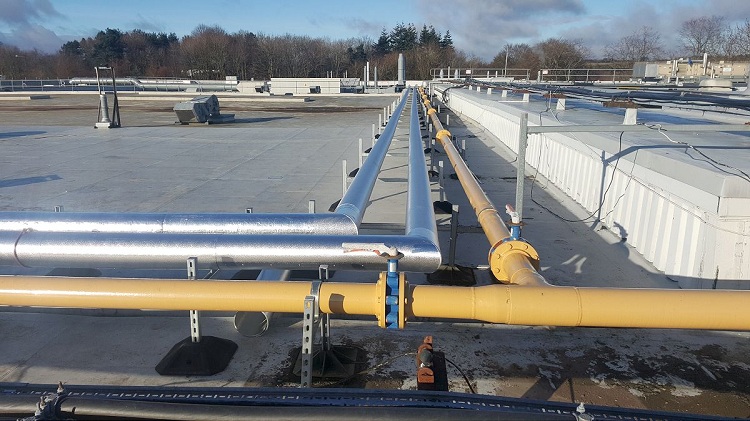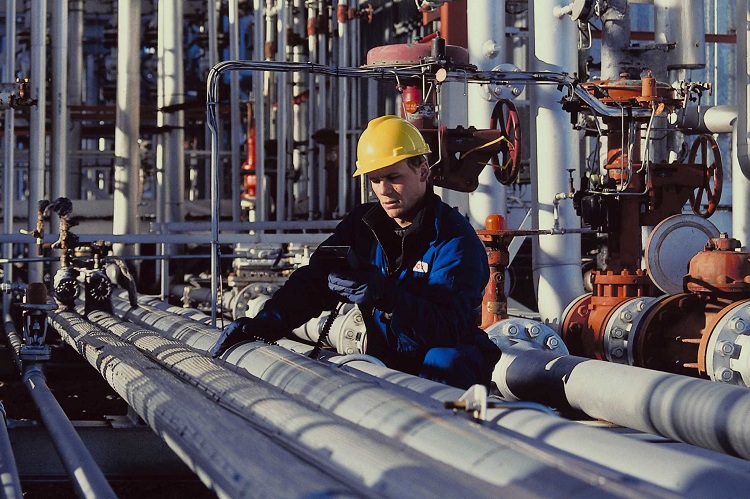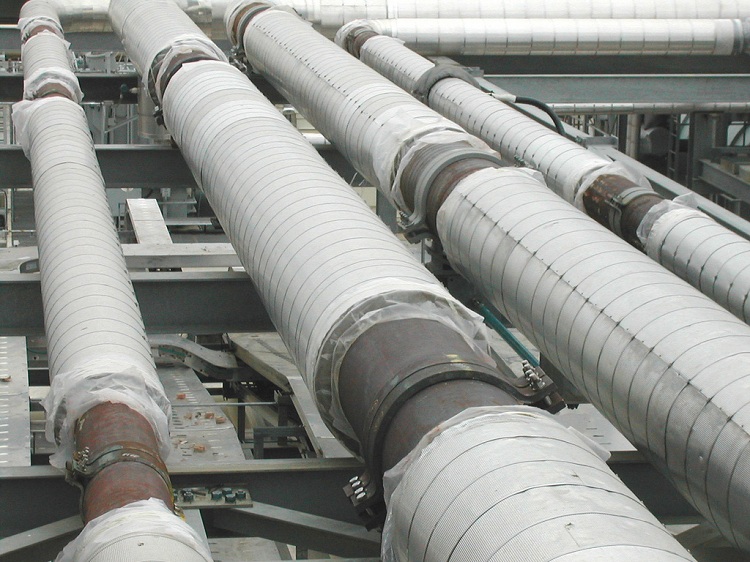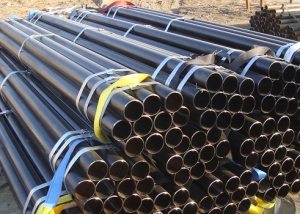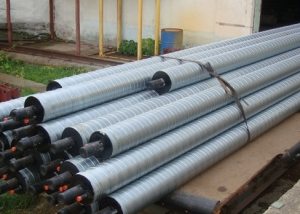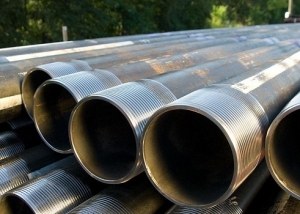Steam and hot water pipelines are used for heating buildings, production and storage facilities. The most common material for such communications is steel, however, there are other options from which such systems are made. Such designs are divided into categories and types that have unique technical characteristics.
Content
- 1 Features of pipelines for heating systems
- 2 Pipeline Categories
- 3 Types of heating systems
- 4 Types of pipelines according to the design scheme
- 5 Pipeline Design: Key Points
- 6 Underground (hidden) installation of pipelines
- 7 Overhead (open) installation of pipelines
- 8 Valves and other devices for piping hot water and steam
Features of pipelines for heating systems
The medium transported through such pipelines usually has a temperature above 115 ° C. The overpressure in the system can reach 1.6 MPa. Pipes for such networks are made of different materials, but the use of steel is a leader. Steel pipes have high strength and reliable to use. In order to improve their technical characteristics, in most cases, steel products undergo heat treatment. This procedure reduces the effects of water hammer in the system. The documentation must necessarily contain a clause describing which heat treatment mode was used to create the pipes.
In some cases, heat treatment is not carried out. This happens for the following reasons:
- in the event that the necessary technical characteristics have already been achieved during the manufacture of pipes;
- if the pipe has already undergone heat treatment during manufacture by hot forming.
It is very important to achieve the necessary technical characteristics in order to exclude the possibility of water hammer. This emergency leads to depressurization of the system, as a result of which there is a leak of the transported medium (water, steam).
In addition to steel alloys, the following materials are used for the production of water and steam pipelines:
- cast iron;
- non-ferrous alloys.
The rules of the State Technical Supervision are not customary to apply to communications that belong to category I with an outer diameter indicator less than 51 mm and category II, III, IV designs with an outer diameter indicator less than 76 mm. In addition, pipelines located before the steam boiler valve and temporary lines laid for a short period (up to 1 year) do not fall under these rules.
Pipeline Categories
Pipelines of steam and hot water are divided into 4 main categories according to the operating parameters of water and steam. The main operating parameters by which the category of a particular communication is calculated are as follows:
- for structures transferring steam from boilers, the working parameters are the pressure and temperature of the outlet medium;
- for steam communications operating from turbines - the highest indicator of backpressure and temperature (idling);
- for steam structures of various steam take-offs (non-regulated, regulated) - the highest value of pressure and temperature of the medium in the selection.
- for constructions transporting steam from pressure reducing and pressure-reducing plants - the highest pressure and temperature of the medium.
- for communications transporting feedwater after increased pressure diaerators, the nominal pressure of the medium, taking into account the characteristics of the system.
- for hot water pipes (supply and return) - the highest indicator of pressure and temperature, taking into account the pumping structures and the terrain.
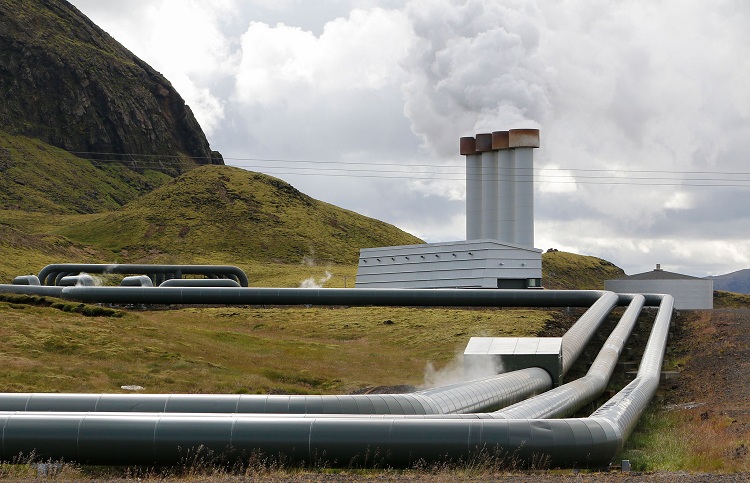
Each pipeline has its own category, which is determined based on indicators of pressure and temperature of the working medium.
The dependence of categories on temperature is presented in table No. 1.
Table 1
| Category | Temperature ° C |
| IV | 115–250 |
| III | 250-350 (1 group) or up to 250 (2 group) |
| II | 350-450 (1 group) or up to 350 (2 group) |
| I | above 560 (1 group), 520–560 (2 group), 450–520 (3 group), up to 450 (4 group) |
Important! As a rule, the category of a heating network, which is calculated by the operating parameters of water or gas at the entrance to it, is indicated in the technical documentation and applies to the entire communication, regardless of its length.
In some cases, non-compliance with these rules is allowed, however, this requires a clear explanation of the deviation from the laws, which must be referred to the relevant authorities for consideration.
Dependence of categories on pressure is indicated in table No. 2.
table 2
| Category | Pressure, MPa |
| IV | 0,07–1,6 |
| III | Up to 4.0 (1 group) or 1.6–4.0 (2 group) |
| II | Up to 8.0 (1 group) or more 4.0 (2 group) |
| I | – |
| – | |
| – | |
| More than 8.0 |
Types of heating systems
Depending on various factors, all heating networks, which include pipelines of hot water and steam, are divided into types. Consider the main factors by which the separation of these structures is carried out:
- by heat source;
- by transported medium;
- by type of gasket;
- according to the design scheme.
Depending on the heat source emit:
- centralized (from a thermal or nuclear station);
- decentralized (from autonomous boiler rooms).
The following types of pipelines are distinguished by the transported medium:
- water;
- steam.
Structures that carry hot water have one distinguishing feature - an even number of pipes in the system. This is due to the fact that in addition to transporting hot water, such a system must necessarily have a tap. In addition, pipelines transporting hot water are distinguished by the number of pipes (two, four, etc.).
Pipeline for steam is a more complex system (from an engineering point of view). This is due to the fact that the steam moving along it is heated to a temperature that exceeds the temperature of the water. In case of improper production or arrangement of the steam pipeline, the pipes can undergo deformation under the influence of strong heating. In addition, another factor must be taken into account - the occurrence of condensation on the pipe walls. Determination of steam flow by pipe diameter and pressure is carried out taking into account the speed. If necessary, this indicator can be determined from the table on the Internet or calculated by yourself.
By type of installation, it is customary to differentiate all heating systems by:
- aboveground (open);
- underground (hidden);
Underground, in turn, are divided into:
- channel;
- channelless.
Elevated structures are usually laid in cases where it is necessary to secure the pipeline from seismically active (mobile) underground soils, as well as in cases where hidden laying is difficult due to the densely built-up area, which already has a wide network of underground communications. The installation of the pipeline should take place in accordance with building codes and rules (SNiP) on reliable metal supports that are capable of fixing communication over the ground along its entire length.
Underground (hidden) lines are carried out taking into account SNiP channel or non-channel method. Duct method involves laying a pipe in a concrete channel. This event allows you to protect communication from temperature and corrosive influences, as well as from the movement of soils. All channels are divided by design features into:
- tray;
- monolithic.
Non-channel laying is the most popular because of its economic feasibility. In this case, the pipes are laid directly in the previously prepared trench. As a rule, this option involves the use of structures made of materials with excellent anti-corrosion properties: polyvinyl chloride (PVC), polyethylene (PE), etc.
Types of pipelines according to the design scheme
According to design schemes, all heating networks, which include water and steam pipelines, can be differentiated into:
- trunk;
- distribution;
- branches.
Helpful information! In addition, there is a special subspecies of heating systems, which is called quarterly. The quarterly network is a transitional element between the distribution system and consumers.
Trunk pipelines are transit and do not have branches. Media transfer through such communications is carried out from the source to distribution systems. The temperature indicator in such structures ranges from 90 to 150 ° C, and the cross section of the pipes is from 525 to 1020 mm.
Distribution systems transport heat from trunk communications to the end user (in houses and apartments). The diameter of such pipelines reaches 525 mm, and the temperature ranges from 85 to 110 ° C.
Branches are a segment of a heating network that connects a heat point with a main pipeline or a residential building with a distribution system.
Pipeline Design: Key Points
Projects for pipelines transporting hot water or gas are carried out only by competent authorities. There are certain standards prescribed in the technical documentation, according to which the design of these structures should take place. When calculating the following parameters must be taken into account:
- temperature indicators;
- thermal expansion of the material from which the communication is made;
- working and maximum pressure;
- construction weight.
Based on the data obtained, specialists determine the service life of the pipeline and register it in the design passport. In addition, the documentation must indicate the number of starts established during the design process. The design should be designed as conveniently as possible for routine inspections and control.
Joining of parts and connecting structural elements is carried out by welding. Flange and threaded connections are allowed only in those cases when: communication structural elements have flanges, cast-iron pipes with a diameter of not more than 100 mm, belonging to category IV, are installed. Coupling using tees is allowed only if the design is in category III or IV.
All elements of the pipeline structure must be protected from the harmful effects of corrosion. And also all parts of the communication, which have a temperature above 55 ° C and are in the public domain for service personnel, must have the necessary thermal insulation.
Underground (hidden) installation of pipelines
The project on which the installation of the pipeline communication transporting hot water or steam will be carried out should be carried out taking into account building norms and rules (SNiP) by competent organizations.
According to SNiP, joint installation of pipelines in the ground is prohibited if at least one of them belongs to category I. Also, when mounting the system in a semi-bore trench, it must be taken into account that its height should be at least 1.5 meters, and the distance between the insulated pipes should be at least 60 cm.
The segments on which various valves are mounted must be located in the thickenings of the tunnel in order to carry out routine inspection or repair of equipment without problems.
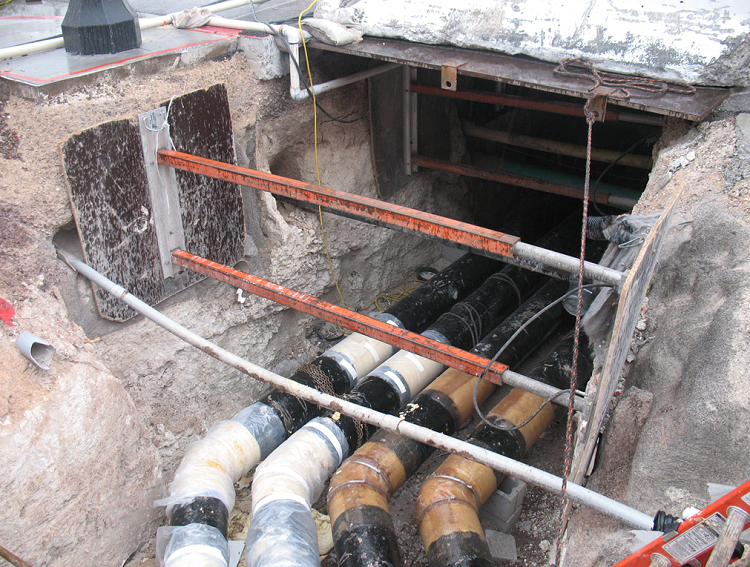
The dimensions of the tunnel for the underground highway must meet the requirements of accepted standards
In addition, it is worth paying attention to the fact that when installing pipes in passage trenches, the tunnel height should be at least 2 m, and the width between the insulated pipes should be at least 70 cm.
Overhead (open) installation of pipelines
In case it is necessary to conduct an open installation of a communications transporting hot water or steam, some building codes must be taken into account. Unlike flush mounting, an open communication installation allows for the joint arrangement of pipelines of any categories.
This type of installation, as a rule, is limited by the city development plan and is performed much less frequently. Open wiring of pipeline communications is often used on the territory of industrial enterprises of various kinds.
This method has its advantages, for example, it can be used in cases where the underground option is excluded due to various factors. The conditions when laying an open pipeline is mandatory are as follows:
- high rate of stagnation of groundwater;
- seismically active areas;
- permafrost area.
A very important point is the equipping of open-type pipeline communication with the necessary thermal insulation. The insulation, which is located on an open highway, does not experience soil pressure, and is not exposed to moisture and active chemical compounds, which affects its operational life and performance.
In addition, the cost of overhead laying is significantly lower than underground. In some cases, cost savings reach 40%.
Valves and other devices for piping hot water and steam
In accordance with building codes and regulations, all pipelines that make up the heating network must be equipped with the necessary measuring instruments, shut-off and control valves. It should be borne in mind that the instrument settings must meet the necessary parameters, for example, the pressure indicator in the protective element should not be higher than the calculated one by more than 10%. If the system operates at reduced pressure, the safety devices must undergo individual settings suitable for the conditions in the system.
Note! The safety valves must be equipped with exhaust systems to redirect the medium if necessary and to protect service personnel from possible burns when the valve is activated. The discharge pipes must be protected against freezing and equipped with a condensate drain system.
In addition, any valves must have special designations on the body. Marking describes the following parameters:
- manufacturer's marking;
- diameter of a conditional pass (Du);
- conditional pressure and temperature of transported water or steam;
- direction indicating the movement of the medium;
- steel grade.
Pressure gauge selection
The selection of a pressure gauge for a pipeline system is a very responsible measure, since this device monitors the pressure of water or steam in the pipeline and can provide information about the emergency.
The accuracy of the pressure gauge should correspond to this class:
- 2.5 - with indicators of medium pressure not exceeding 2.5 MPa;
- 1.5 - with indicators of medium pressure greater than 2.5 MPa;
- 1,0 - at indicators of medium pressure more than 14 MPa.
The scale of the device should contain a red line by which it is possible to determine the permissible pressure in the system. Installation of the device is carried out on a segment of the pipeline, which is located in an accessible place. The pressure gauge is mounted either strictly vertically or with a permissible forward slope of up to 30 °.
Pipelines transporting steam and hot water are a special type of structures that must be designed and operated in strict accordance with SNiP rules. Such lines differ in pressure and temperature, and pipes with appropriate technical characteristics are used for each type.
